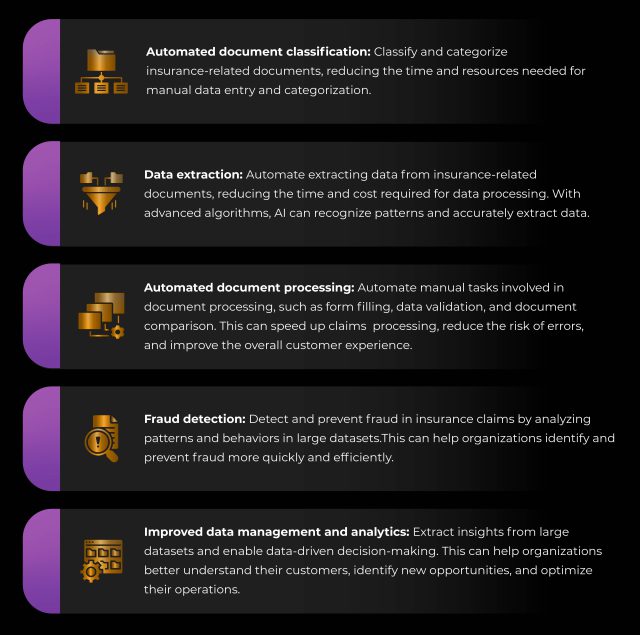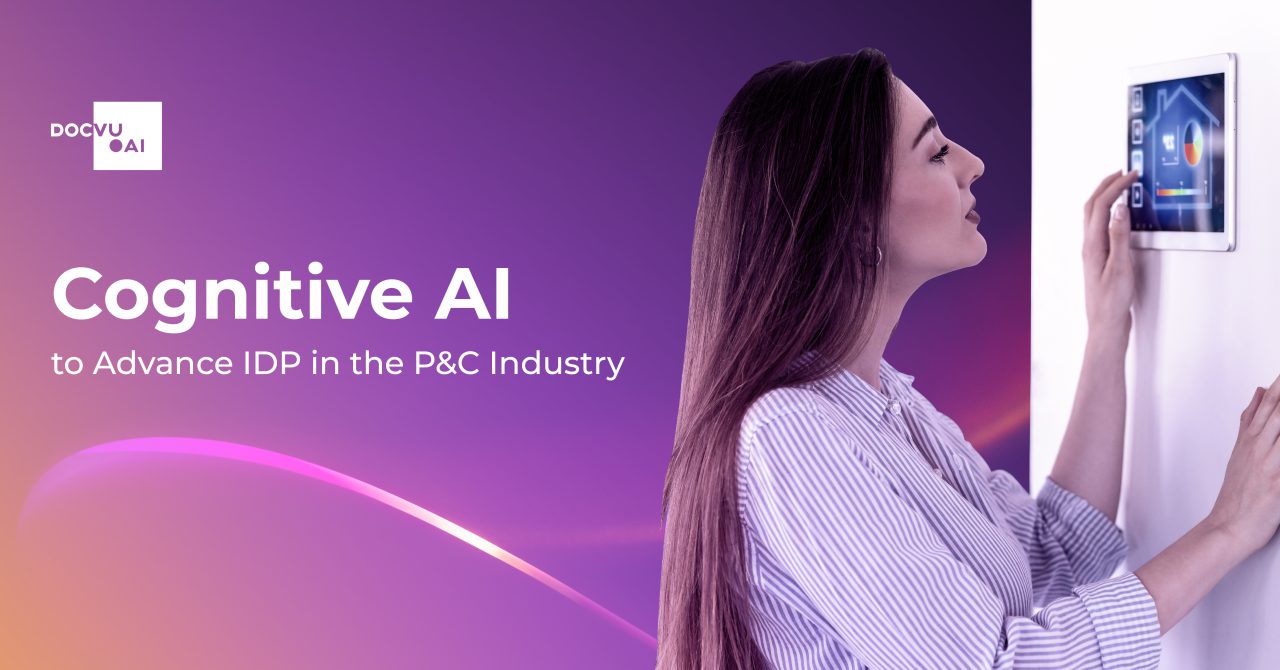Did you know that 80% of all business data is embedded in unstructured formats such as business documents, emails, images and PDF documents? Today, data has become a valuable commodity in the modern business world, but the sheer amount of unstructured information which is difficult to process, makes it challenging for this data to turn into actionable insights. This is where Intelligent Document Processing (IDP) comes into play. IDP streamlines the data extraction process and transforms it into a cost-effective, time-efficient solution. With IDP, businesses can extract insights from their data quickly and accurately, providing a competitive edge over those that rely on manual data extraction processes.
IDP uses cutting-edge technology such as machine learning, natural language processing, and computer vision to automate data extraction from complex and diverse documents, in a template-less format. This helps organizations save time, reduce manual labor, and minimize the risk of human error. The extracted data can be stored in a centralized repository, and accessed by authorized users, leading to improved data management and analytics.
The Property and Casualty (P&C) industry holds immense potential to benefit from utilizing IDP technology. Customers are expressing increasing dissatisfaction with the lengthy and complicated process of submitting claims and administering their insurance policies. The industry needs a solution to streamline processes and improve the customer experience. That’s where IDP comes into the picture. With IDP technology, the P&C industry can automate manual tasks, gain access to real-time data, and make informed decisions quickly. They can now provide their customers with a seamless, convenient, and transparent experience, becoming a digital leader.
Navigating the P&C Industry: Addressing Process and Issues
The P&C (Property and Casualty) industry deals with the underwriting, selling, and managing of insurance policies for various risks, including property damage, liability, and personal injury. The process of P&C insurance involves the following:
- Assessing risk.
- Determining the cost of insurance coverage.
- Selling policies to individuals and organizations.
One of the major challenges faced by the P&C industry is the high volume of unstructured data that needs to be processed and analyzed. This data is often in the form of complex and diverse documents, such as policy applications, claims, and underwriting reports. Shifting through vast amounts of information to extract actionable insights can be time-consuming, expensive, and prone to human error. This leads to delays in the underwriting and claims processes, which can negatively impact the customer experience. P&C insurers need to process hundreds of thousands of ACORD 25 forms each month, making the task daunting for the client’s risk management team. However, most Optical Character Recognition (OCR) solutions cannot effectively handle these complex documents, particularly ACORD 25 forms with 93 unique fields on a single page. The manual input and verification of these 93 fields into databases or spreadsheets further are even more cumbersome.
Moreover, the manual processing of data is also prone to fraud and data breaches, which can result in costly legal and reputational damages. This highlights the importance of effective data management and analytics in the P&C industry. IDP with cognitive Artificial Intelligence extracts hidden data in unstructured formats and enables more comprehensive risk assessment.
But what exactly is cognitive AI?
Cognitive AI is the technology that mimics human thought processes such as making decisions, recognizing objects in images, and understanding natural language.
It is the type of artificial intelligence that aims to stimulate human cognitive abilities like learning, reasoning, and problem-solving. The AI is designed to think and learn like a human which includes image recognition, natural language processing, and decision-making.
Leveraging Cognitive AI to Upgrade IDP in the P&C Industry
With cognitive AI, the P&C industry can automate these processes and improve the overall efficiency of their IDP capabilities.

Wrapping up
In conclusion, Artificial cognitive intelligence has the potential to revolutionize the P&C industry by improving IDP capabilities and driving accuracy, efficiency, and cost savings. As the technology continues to grow and evolve, we can see more advancements in the P&C industry, leading to better risk assessment, decision-making, and overall performance.






